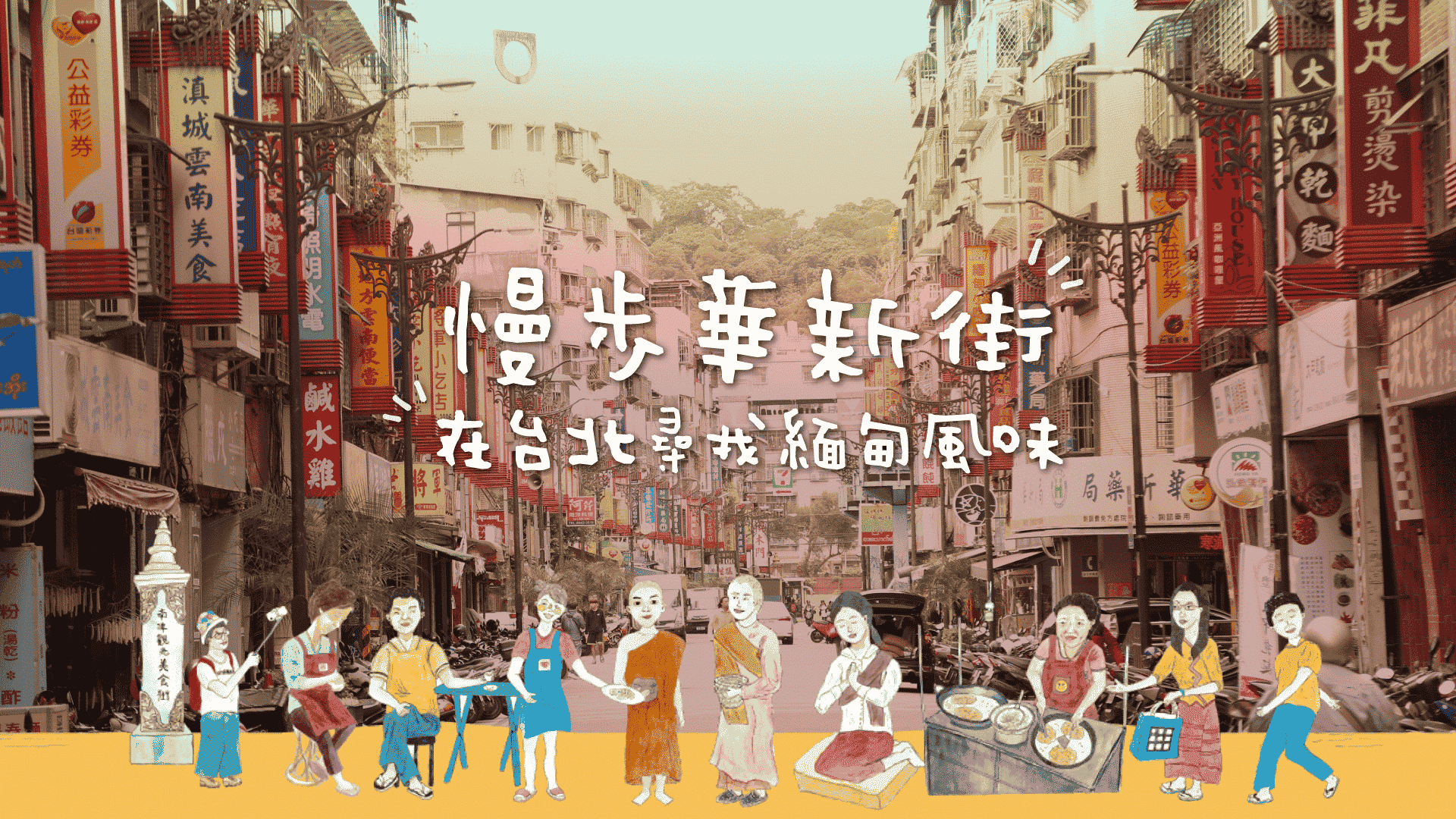Professor T.Y. H. Ma (1899-1979)
In August of 1945 the Sino-Japanese war and World War II had ended. October of the same year, Professor Ting Yin H. Ma took a trip to Taiwan accompanied by two other Doctors of Sciences Dr. Chen Jiangong, an alumnus from the Tohoku Imperial University, and Dr. Su Buqing. Also in the company was yet another Japanese university graduate Cai Banghua, Mr. Lu Zhihong and a special representative from the government Mr. Luo Zhongluo. The six of them were joined by Dr. Du Chongming, a Taiwanese from the Kyoto Imperial University, and Mr. Lin Maosheng, publisher of the Citizens Daily. They were to receive the Imperial Taihoku University from the retreating Japanese government and rename it the National Taiwan University.







